MAT-121 College Algebra: Written Assignment 5 Solutions
VerifiedAdded on 2022/08/19
|19
|1463
|382
Homework Assignment
AI Summary
This document presents solutions to a college algebra assignment, addressing various concepts including exponential growth and decay, and finding exponential function formulas. The assignment includes problems on compound interest calculations, determining the initial deposit, and calculating the number of years for an investment. It also covers real-world applications like calculating the median house price appreciation over time. Further, the solutions include reflections about the y-axis, finding y-intercepts, and identifying horizontal asymptotes of transformed exponential functions. Logarithmic equations and their properties, including domain, range, intercepts, and asymptotes are also addressed. The assignment also includes solving logarithmic equations, exponential decay models, and half-life calculations, as well as applications of logarithms in earthquake magnitude comparisons and solving exponential equations. The document provides detailed step-by-step solutions to all the problems.
1 out of 19
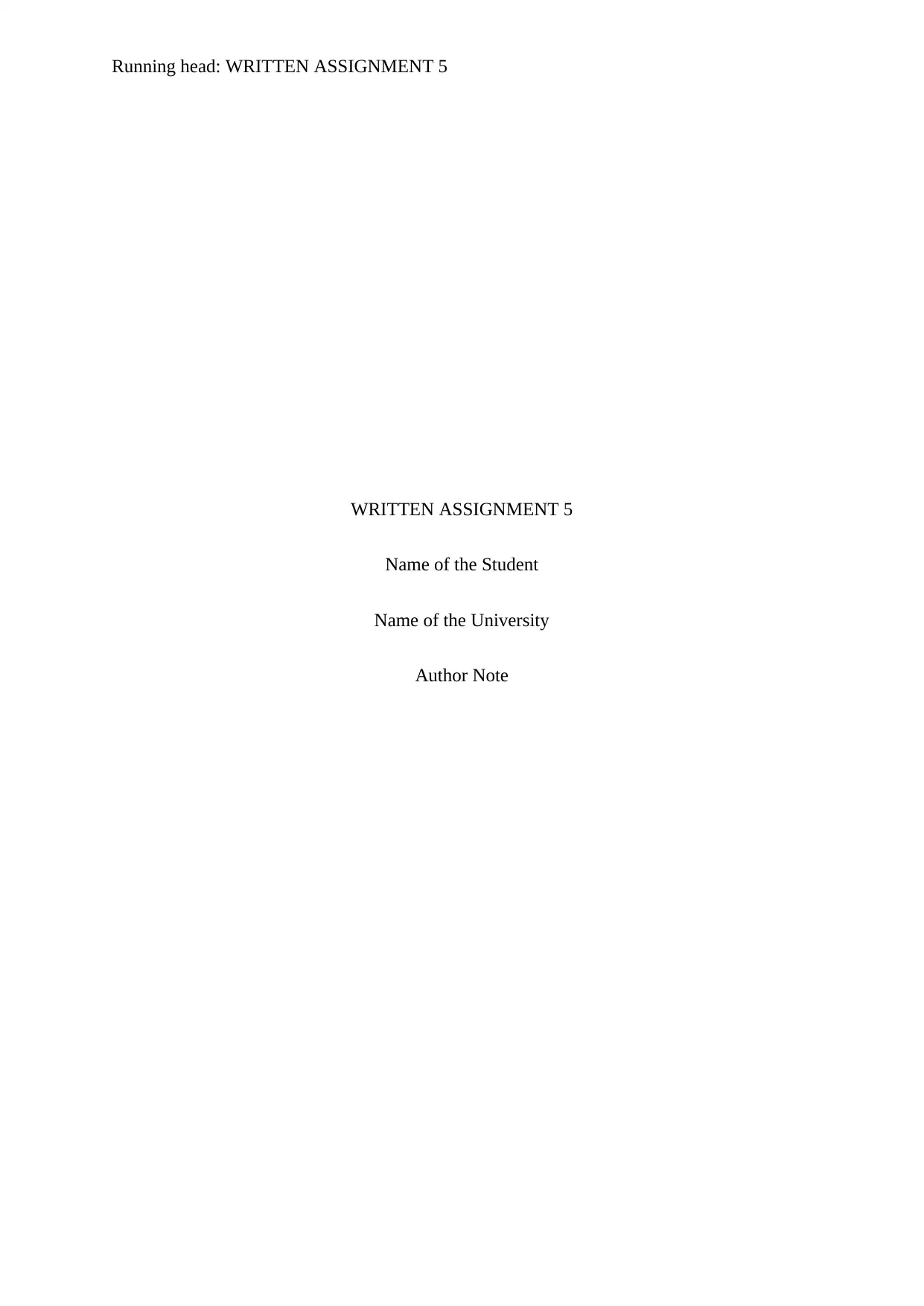
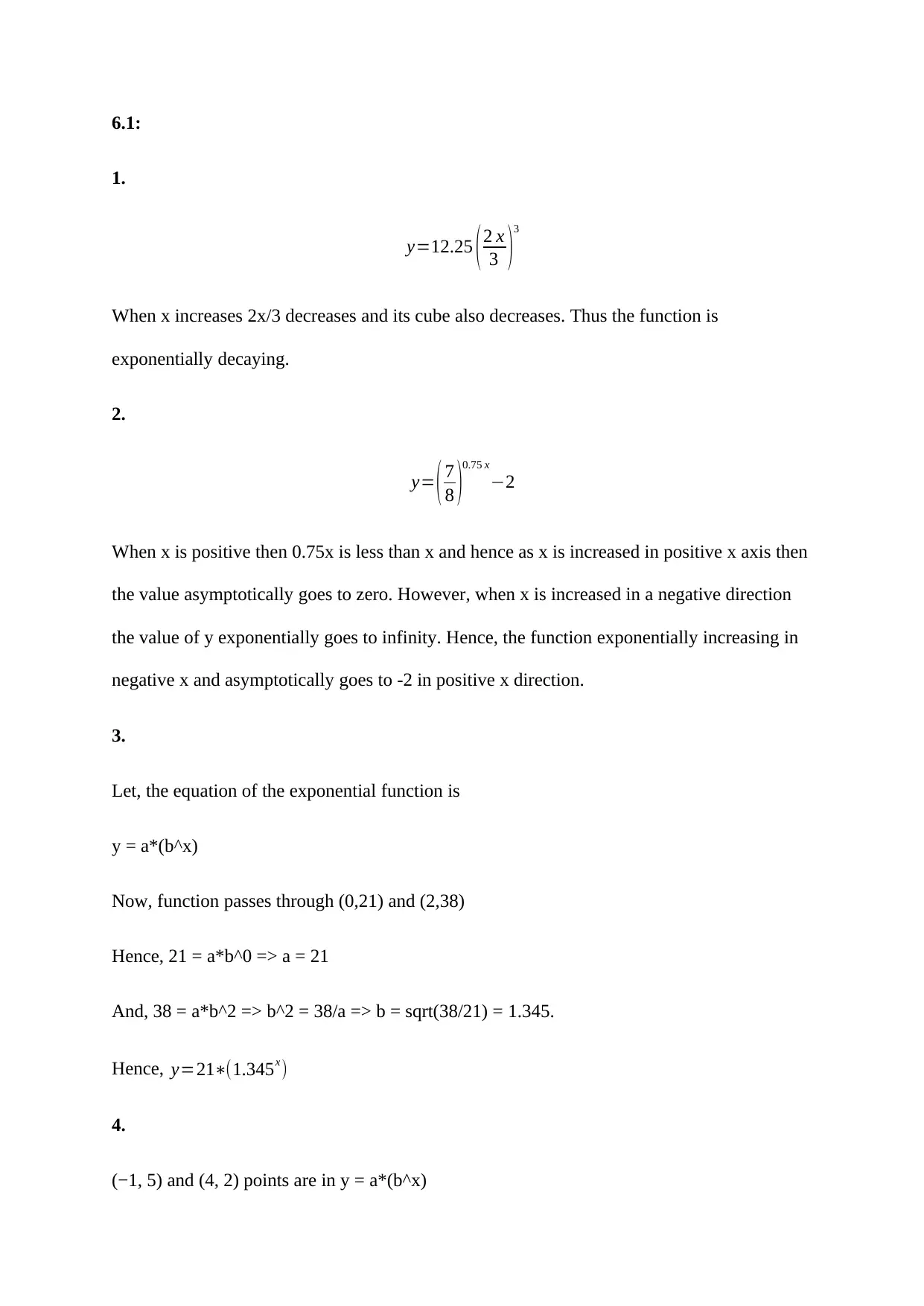
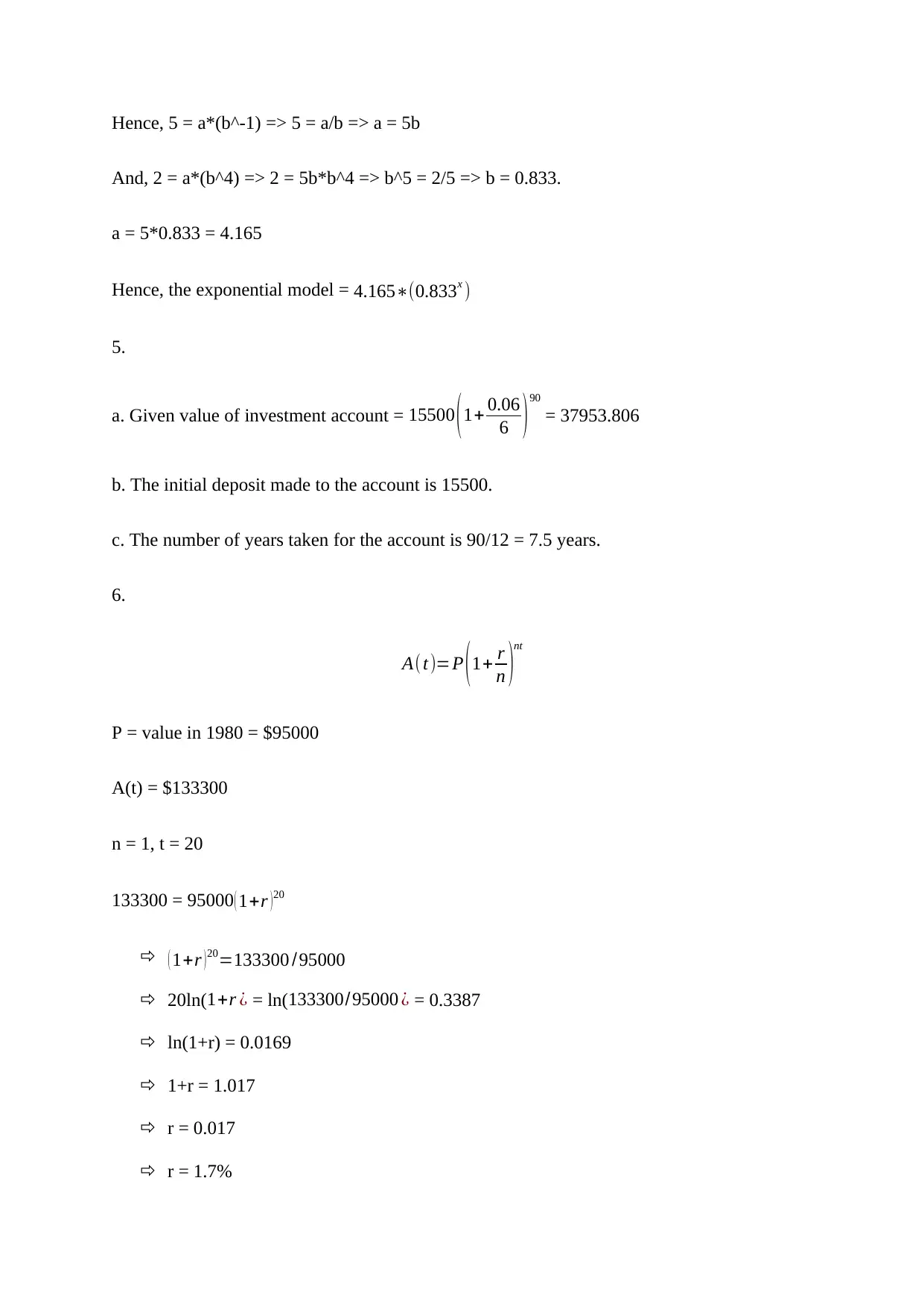

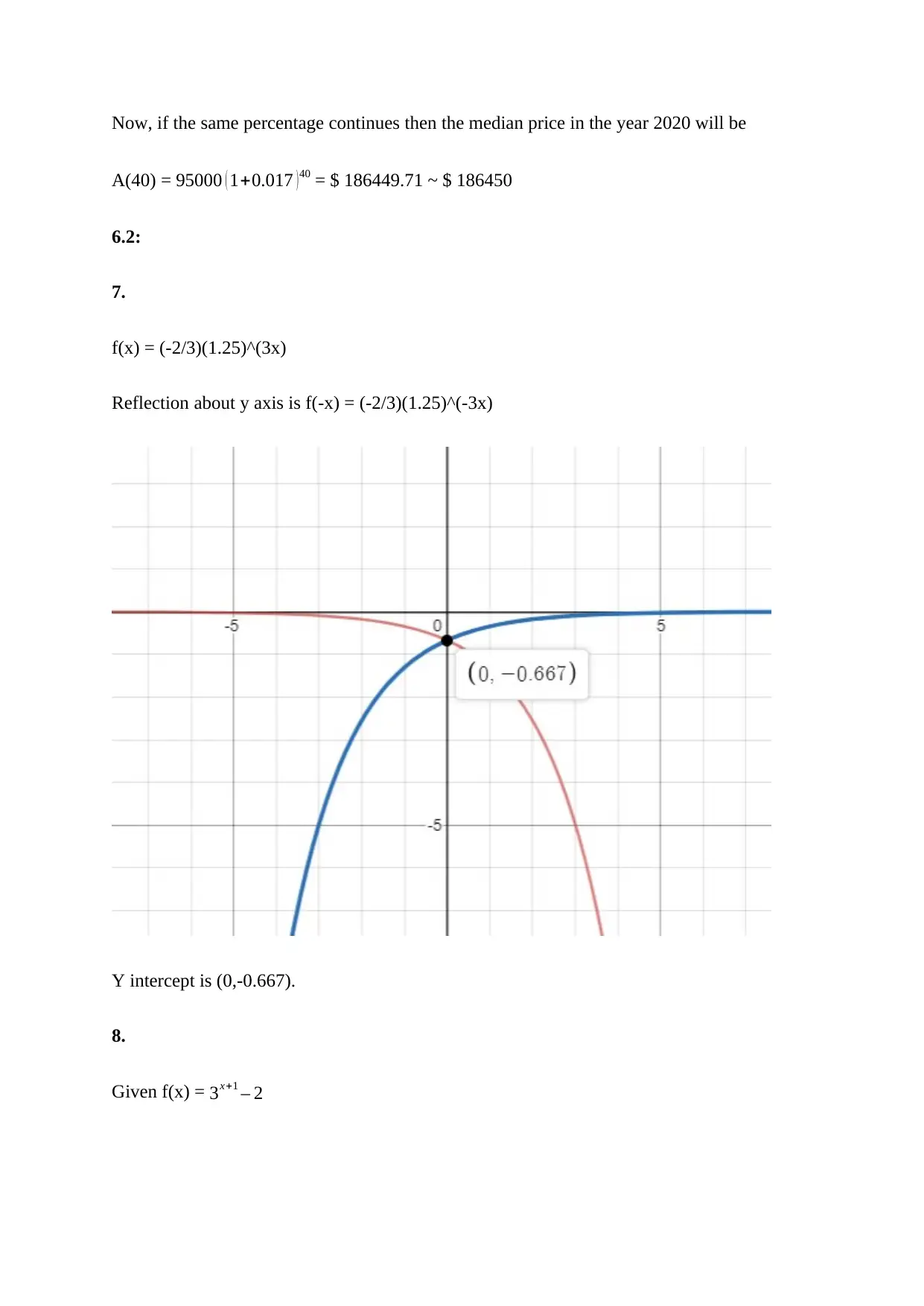
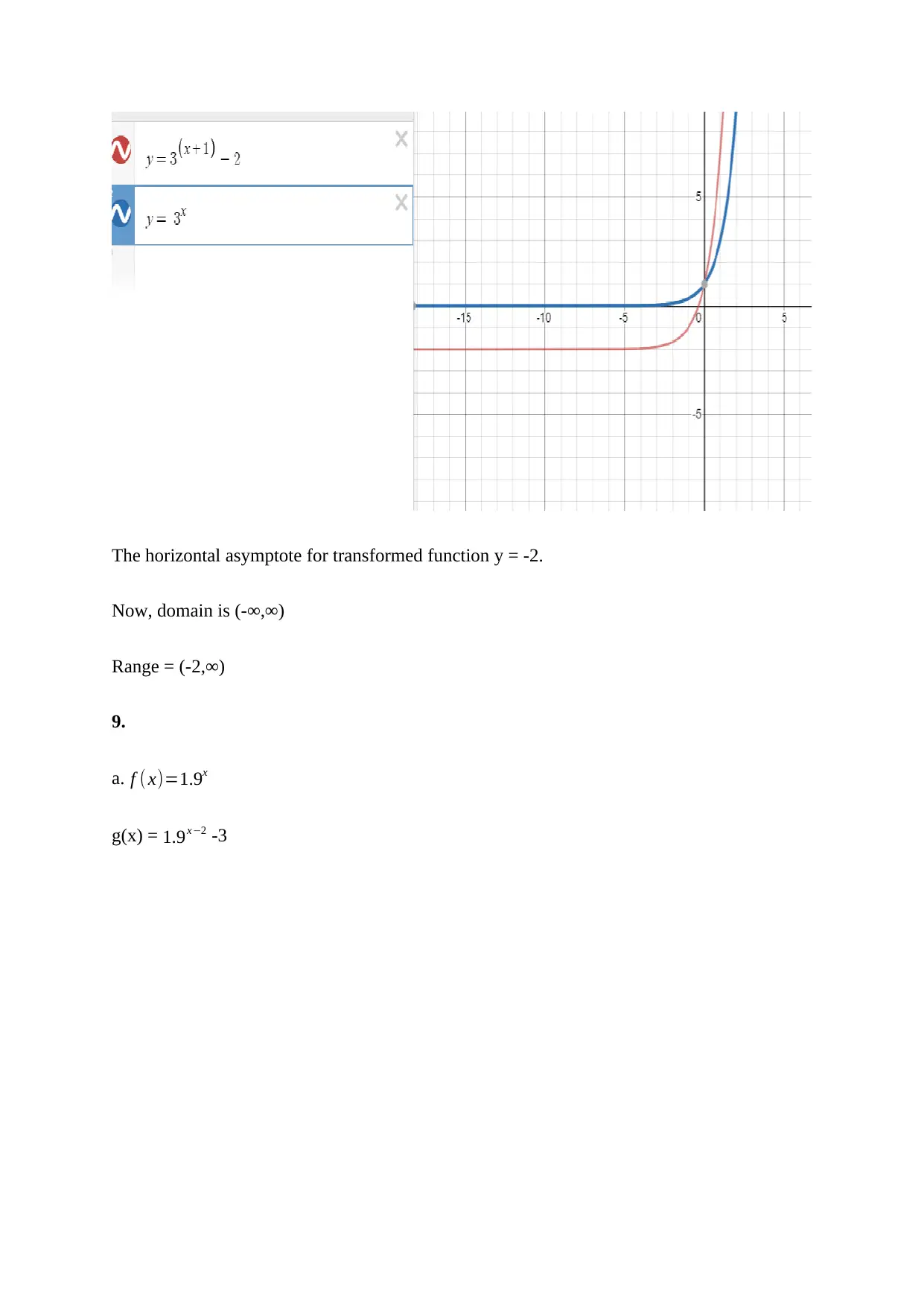
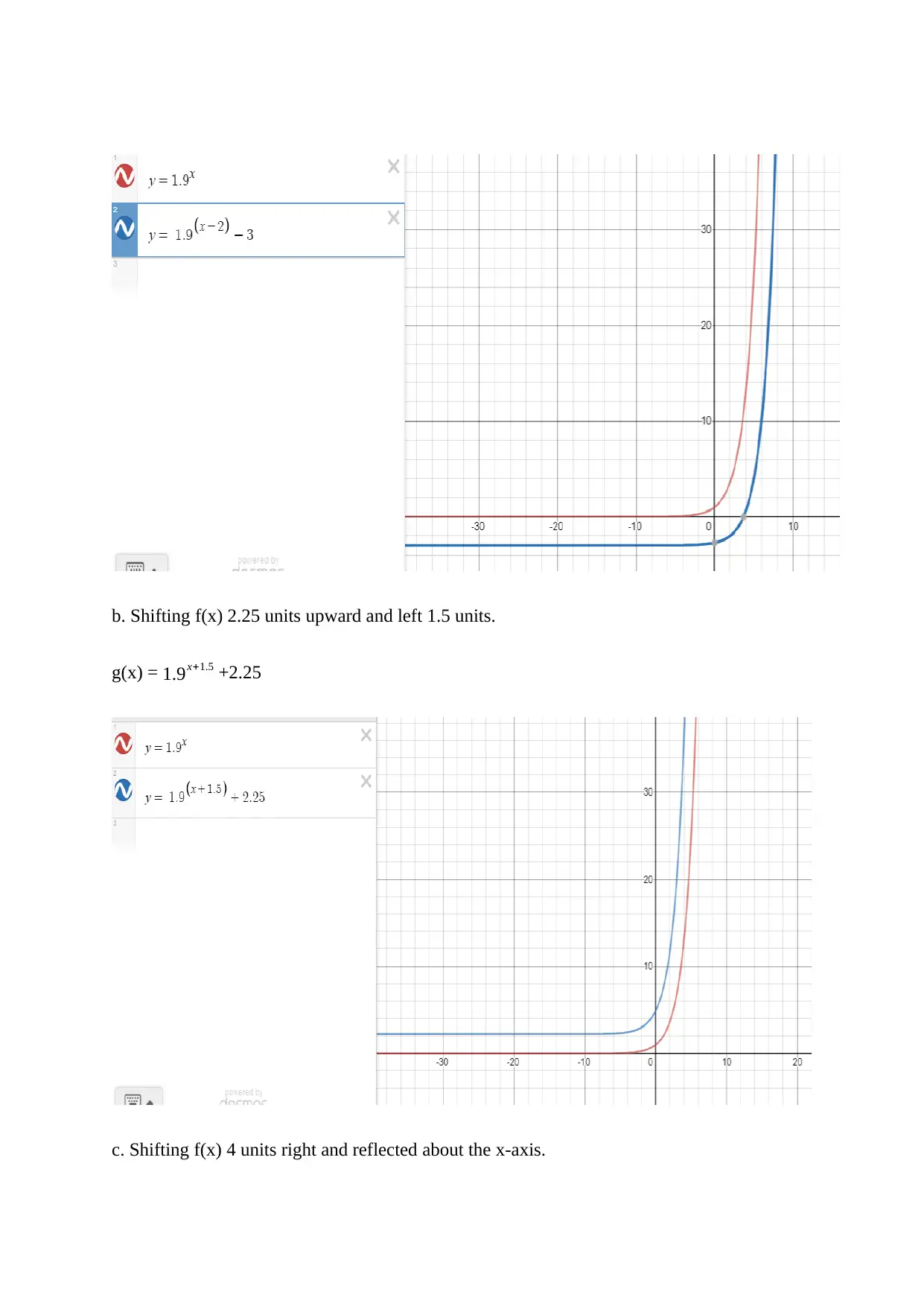
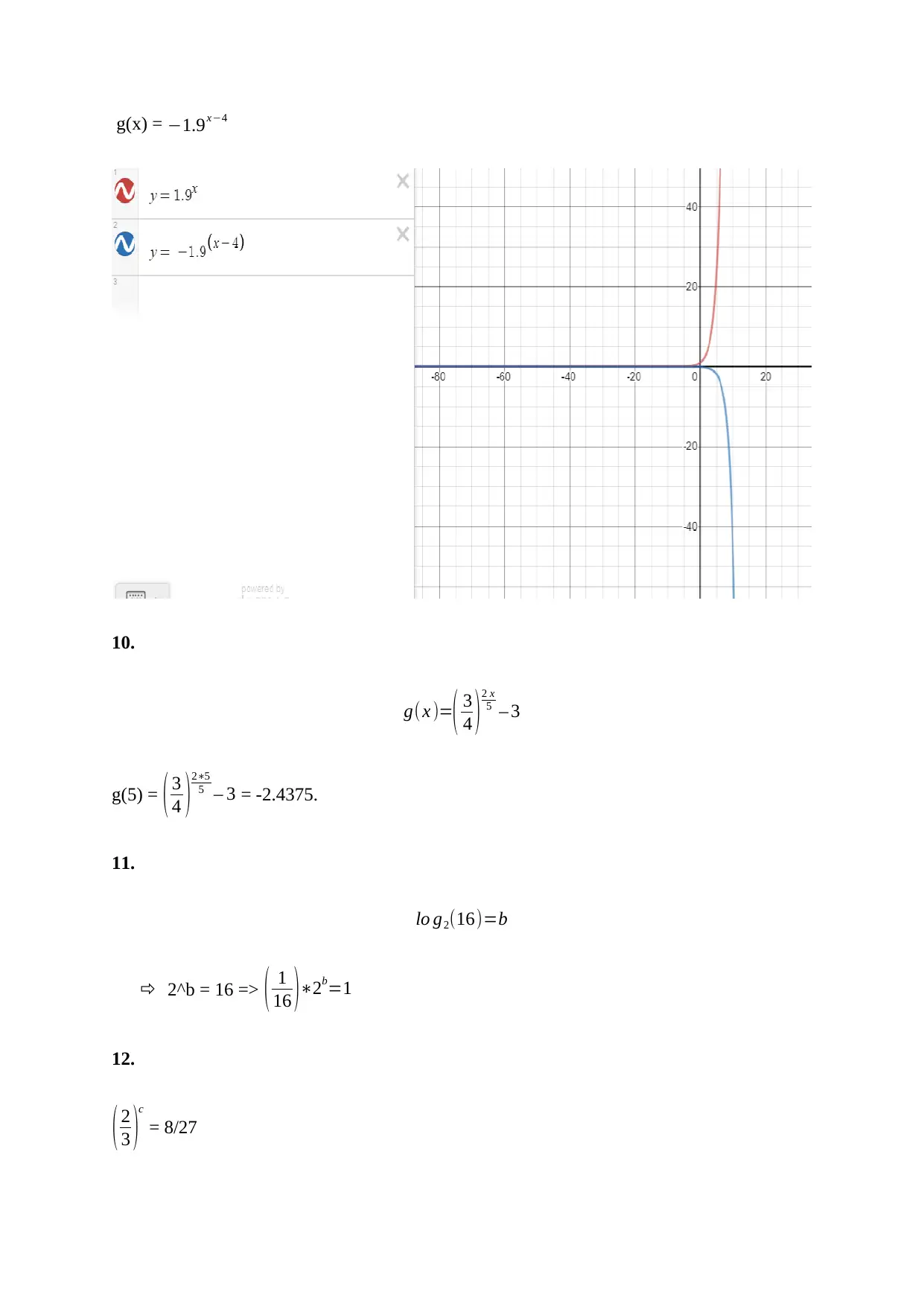
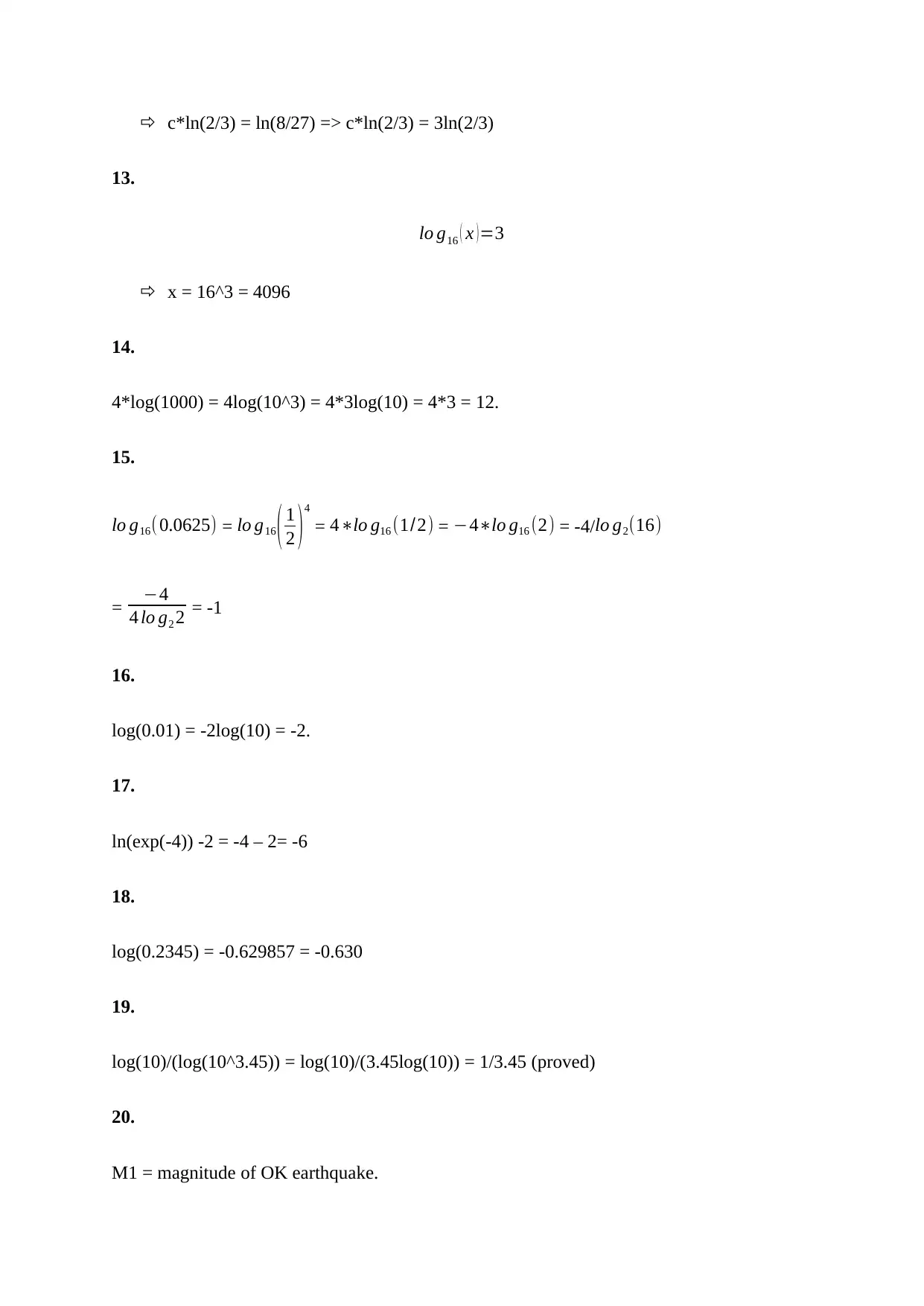
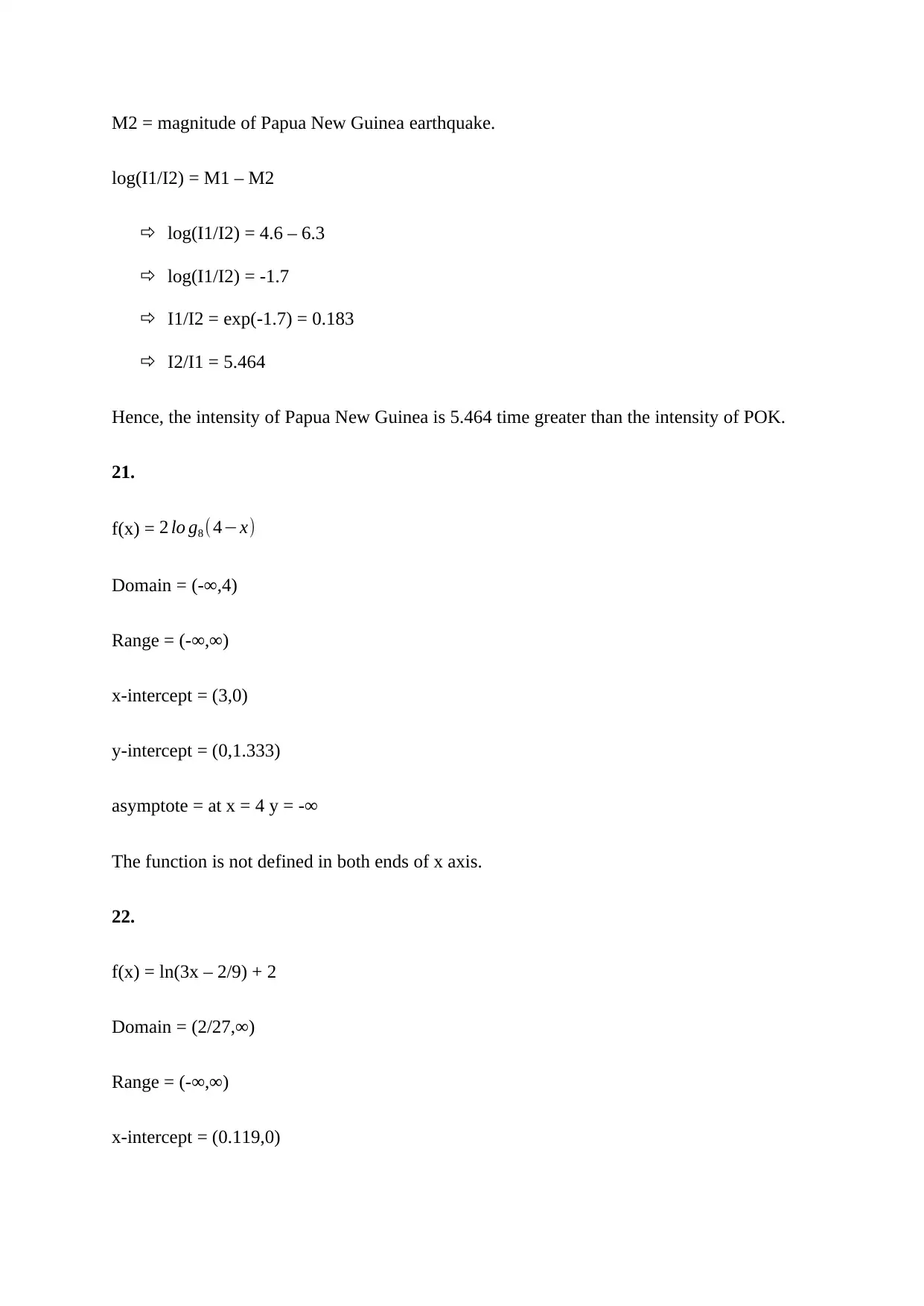
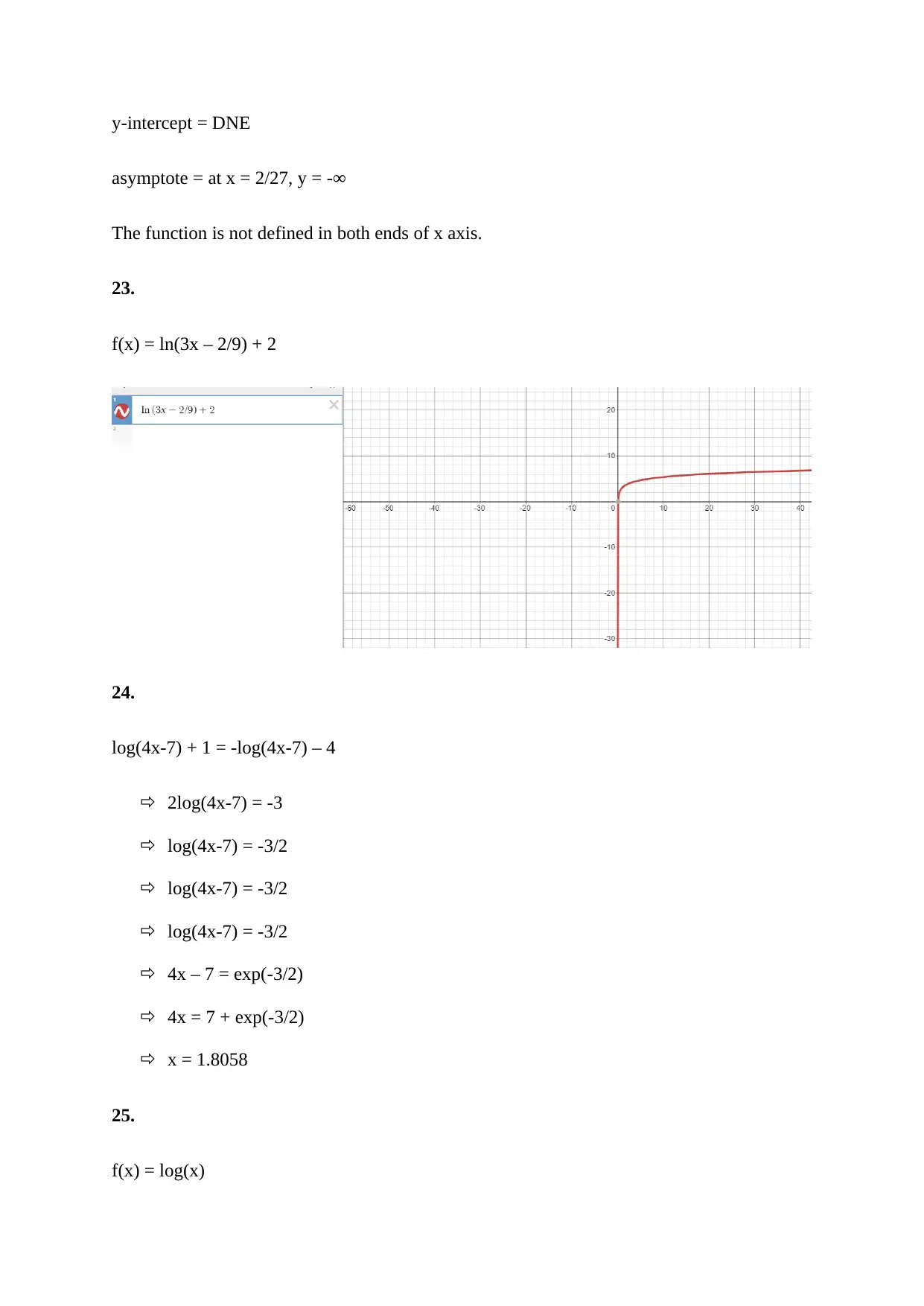
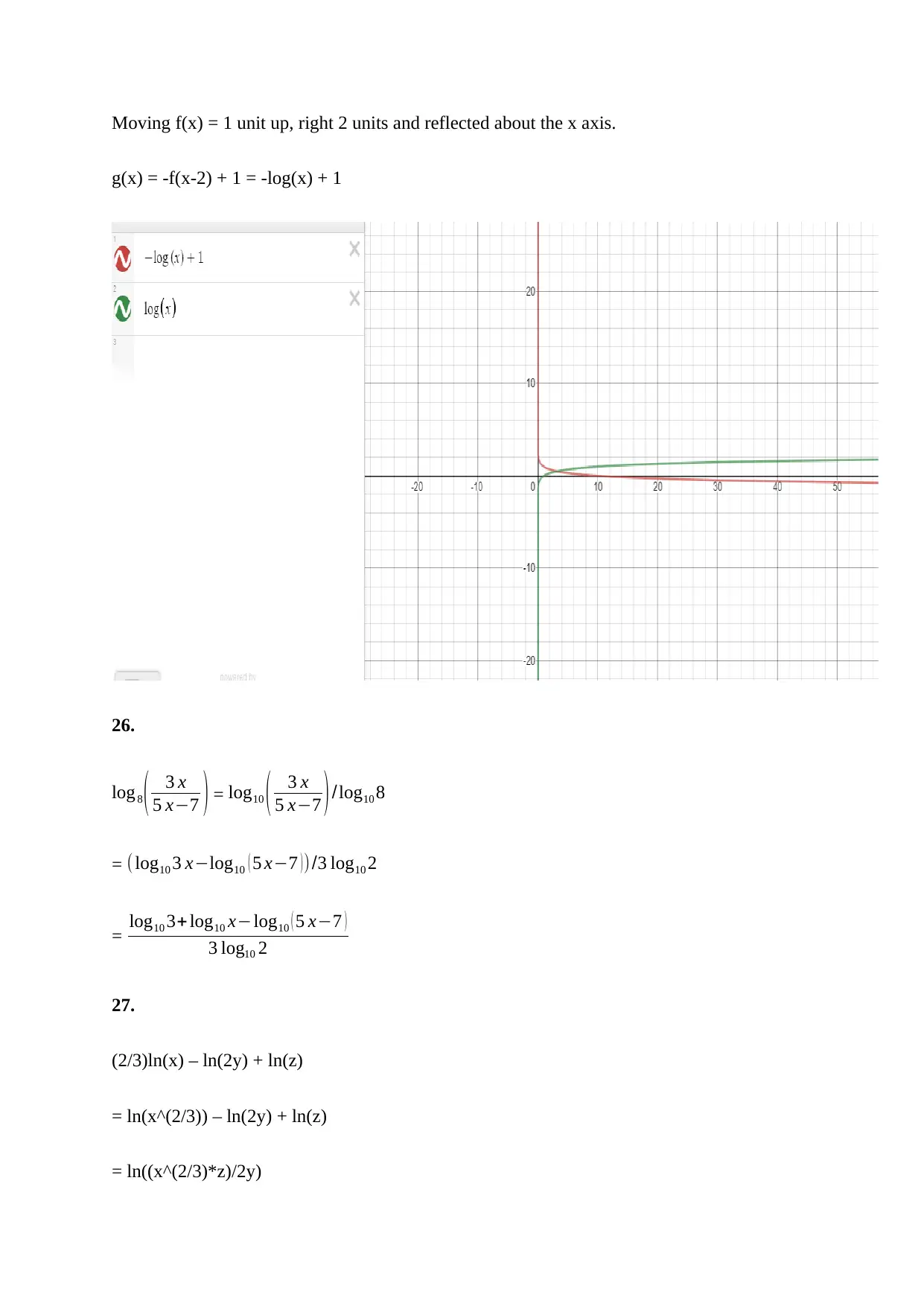
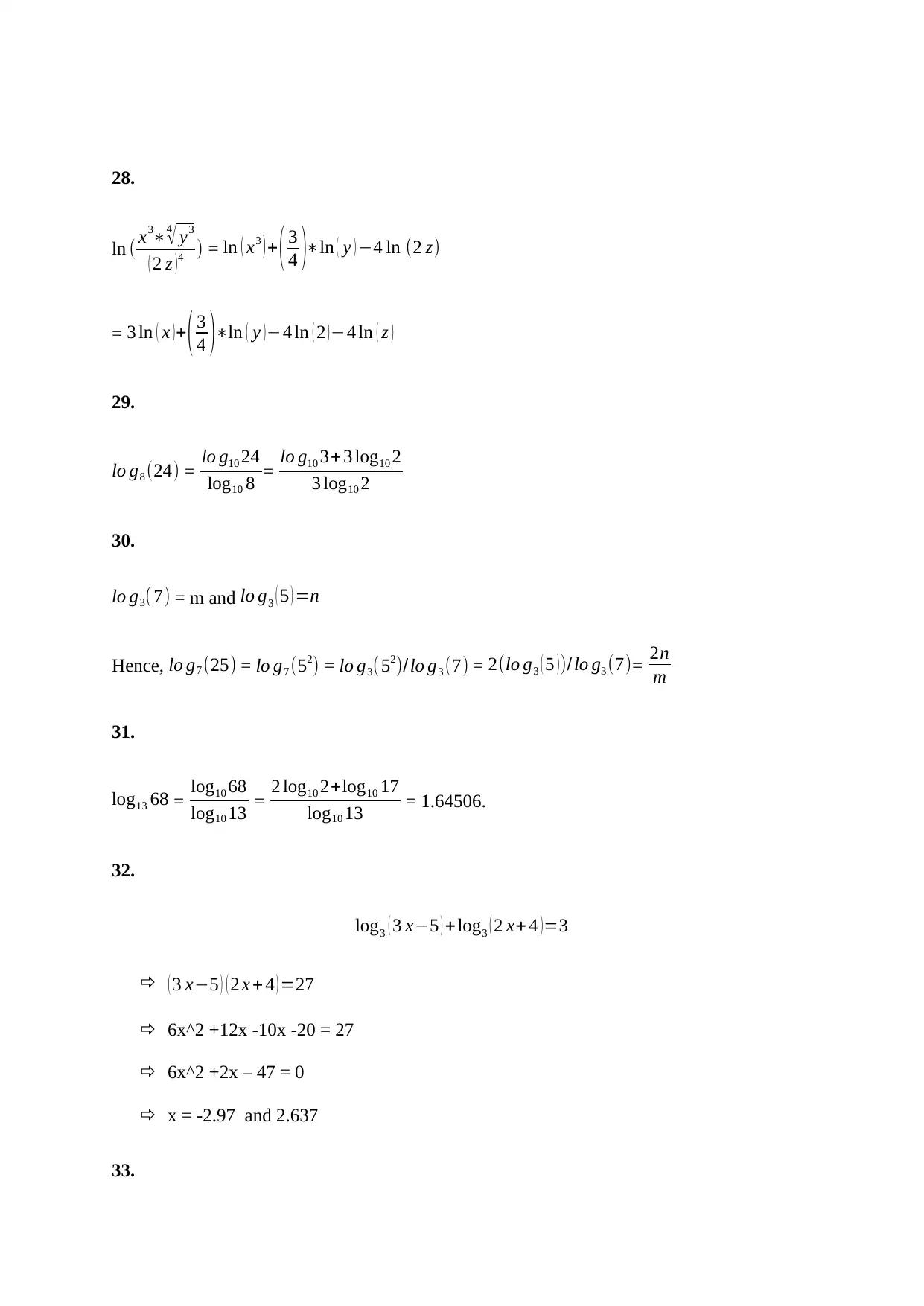





![[object Object]](/_next/static/media/star-bottom.7253800d.svg)